The Enneagram
Discover Your Why. Live Into Your Purpose.
WHAT THE TOOL DOES
In a world that’s growing more and more divided by the day, what we all need is more of you doing you.
You see the world in a particular, unique way. Everyone sees the world in their own particular, unique way.
And those individual views of the world come into conflict every single day.
The Enneagram isn’t just another “self-help” personality test. Instead, this assessment shows you the WHY behind the strategies each of us employs to fulfill our most essential, most primal needs.
The Enneagram refers to these three underlying drivers as Centers of Intelligence.
We all need to fulfill these three Centers of Intelligence. But for each of us, one of these Centers is the most critical. And every strategy we employ in our lives is, first and foremost, in service to meeting this primary need.
9 TYPES
All of us develop strategies to meet our needs and deal with the chaos of our world—the Enneagram reveals which of these strategies you rely on the most.
These are the nine types. And while it’s easy to slap a label on someone’s forehead as a kind of all-encompassing identifier, the test itself is much more nuanced.
Meaning, there are way more than just nine types of people in this world.
Instead, we tend to use a blend of these strategies, based on the situation, our mood, or (as Ebenezer Scrooge points out when faced with a pair of hostile ghosts) what we happened to have for breakfast that morning.
The beauty of the nine types—and the Enneagram itself, for that matter—is that you’re able to define precisely the strategies you employ… and WHY.
It’s enlightening. It’s practical.
The Enneagram’s nine types, when you discover how they relate to your own life, are life-changing.
But here’s the thing…
The nine types only give you a small sliver of the whole picture. This pinhole view of your WHY is where a lot of Enneagram experts start… and end.
But again… beneath the nine types is a whole world of enlightenment. Digging down for that treasure is part of what makes my approach to the Enneagram so compelling.
UNIQUE APPROACH
My approach takes into account the one critical part of the enneagram that every other book on the assessment either glosses over—or ignores altogether.
My approach to the Enneagram focuses very heavily on the percentages. Just taking your highest score in a particular type and saying, “Hey, you’re a 3,” doesn’t give you a clear view of your unique self.
Because, let’s say your highest score is a Type 3. But what if you’re only a few points lower in several others? You might pull almost as heavily from Type 6, or even 8. That blend of strategies will present a drastically different lens on the world than an exclusive Type 3 designation would have you believe.
Along these same lines, knowing where you score the lowest is just as important as knowing where your primary strategies live. You then know why you don’t do certain things well—and also recognize the people around you who do.
It’s far more helpful to understand ALL of the strategies you implement on a daily basis. That gives you a much clearer starting point for exploring your unique gifts, talents, motivations—and how they combine to illuminate your purpose in this world.
Put another way: it’s all about balance. For you. And for those around you.
Because when we’re all in balance, nothing can keep us from changing the world around us
Because when we’re all in balance, nothing can keep us from changing the world around us



